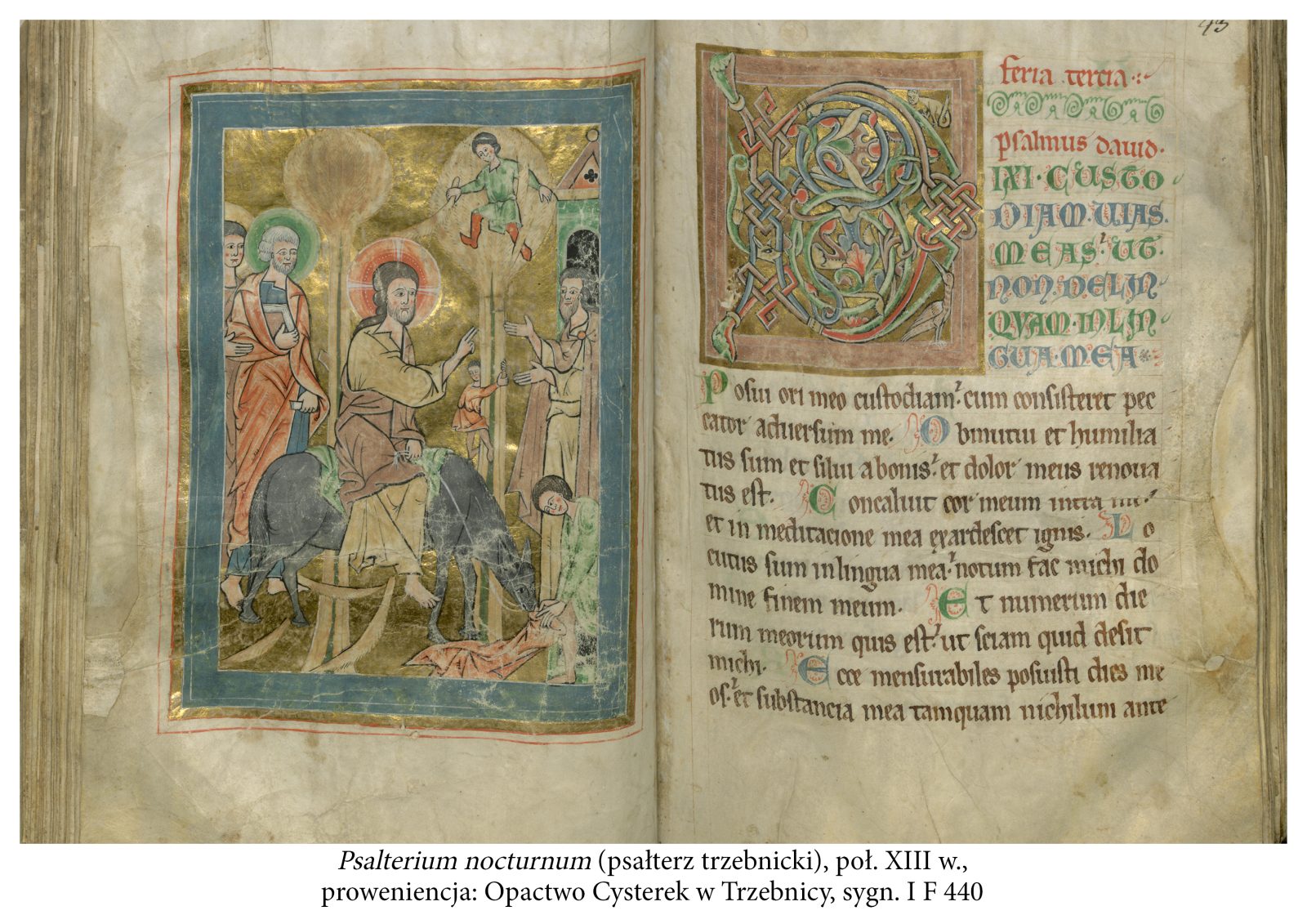
The most valuable collections of the BUWr – exhibition
The Library of the University of Wrocławpresents the most valuable objects from its collections! All on the occasion of the double and exceptionally round jubilee of two important events in Polish history, which falls in April 2025: The 1000th anniversary of the coronation of its first king and the 500th anniversary of the Prussian Homage.
What can be seen at the exhibition “From the Crown of the Piasts to the Europe of the Jagiellons 1025-1525” (pl. „Od Korony Piastów do Europy Jagiellonów 1025-1525”), which opened on April 10? Artefacts related to the history of Poland during this period or concerning that time – manuscripts, old prints, maps and iconography.
The 1000 years since the coronation of Bolesław the Brave and Mieszko II demonstrate the long duration of the Polish state and the development of its culture from the Middle Ages to the peak of the Golden Age.
The year 1525 is a conventional censorship here due to the anniversary of the Prussian Homage, but in fact this period does not close, because for almost half a century we still had a fantastic flowering of the Jagiellonian nations, which at the end of the reign of King Sigismund Augustus transformed into the Polish-Lithuanian Commonwealth, and this is the chronological end of our thematic presentation tying together with a symbolic buckle the heritage of the first six centuries of the development of the Polish nation and culture.
This unique exhibition at the Library of the University of Wrocław (ul. Fryderyka Joliot-Curie 12) will last until June 30, 2025.
Tours are only under the curatorial supervision of BUWr curators. Please send applications to: ozk.bu@uwr.edu.pl
You are welcome!
The 1000 years since the coronations of Bolesław the Brave and Mieszko II demonstrate the long duration of the Polish nation and the development of its culture from the Middle Ages to the peak of the Golden Age. The year 1525 is a conventional censorship here because of the anniversary of the Prussian Homage, but in fact this period does not close, because for almost half a century we still had the fantastic flowering of the Jagiellonian nations, which at the end of the life of King Sigismund Augustus was transformed into the Polish-Lithuanian Commonwealth, and this is the chronological end of our thematic presentation tying together with a symbolic buckle the heritage of the first five centuries of the development of the Polish nation and culture.
We began with the images of our part of the world 1000 years ago in force on the maps of Claudius Ptolemy of Alexandria, the author of the monumental “Geographia” – a brilliant synthesis of the geographic knowledge of the world at that time containing, among others, the map “Sarmatia”, which was the first cartographic work referring directly to the territories of Poland, of which there was no better map representation until the 15th century.
We can trace the spatial imagery of the Poland of Bolesław the Brave on a sequence of representative historical thematic maps through the last two centuries of its existence: from the earliest works of Joachim Lelewel and Józef Miklaszewski to the 20th-century professional reconstructions of prof. Władysław Semkowicz and quite contemporary educational cartography precisely placing the state of the first Piasts in a European context.
Nevertheless, much more valuable are the oldest and original historical sources depicting the genealogy and images of the Piasts from legendary times to modern times, of which stand out, among others, early modern studies by the Lower Silesian poet of Moravian origin Daniel Czepko, the Cologne bookseller Arnold Mylius – author of the first gallery of the princes and kings of Poland in 1594, and the Calvinist from Gdańsk Salomon Neugebauer (d. 1615). What draws attention here are copperplate portraits of the first Piasts, as original as they are fantastic, and descriptions of their reign.
The paintings are complemented by convincing historical scenes from the 11th century based on romantic 19th-century prints by, among others, Władysław Oleszczyński and Franciszek Smuglewicz.
The most valuable group of sources are manuscript medieval codes in the form of unique parchment copies – hand-illuminated, which are difficult to overestimate pride and a treasure of great value in the collection of the Wrocław University Library.
The oldest of them, the Yearbook of the Cistercian Abbey in Kamieniec Ząbkowicki from the 13th century, in the presented fragment describes the beginnings of the nation of Mieszko and Bolesław the Brave based on sources that are no longer known today. For this, the famous chronicle of the master Wincenty Kadłubek (Chronika Polonorum), written in the same many years, is found in a 15th-century copy from the collection of the famous Wrocław bibliophile Tomasz Redinger.
Also dating from the 15th century is a priceless parchment code with the life of St. Jadwiga. This manuscript was commissioned by a wealthy Wrocław townsman Antoni Hornig, and was later owned by the Conventual Franciscans in Wrocław. It contains a unique, illustrated history of the life and times of Princess Jadwiga of Silesia, thanks to whom the famous Trzebnica Psalter was created at the Cistercian Abbey in Trzebnica back in the mid-13th century. The quality of the gilded illuminations can only be rivalled here by the quarter-century younger Psalter of the Poor Clares of Wrocław and its contemporary, the Psalter of Wrocław, the original of which can be found in Cambridge, which is why we present its facsimile at the exhibition.
The originality and quality of the illumination of the initials is most surprising in one of the finest works of the Silesian Middle Ages – the so-called “Lubiąż Antiphonary” from the Cistercian Abbey in Lubiżż from the turn of the 13th and 14th centuries. It contains a collection of antiphons – the texts of the oldest liturgical chants, together with notes.
One of the most valuable medieval objects in our collection are two of the only original pages from the Queen Sophia Bible, often referred to as the Greyhound Bible after its former place of storage, dating back to Jagiellonian times. This is the oldest translation of the Old Testament into Polish made during the Thirteen Years’ War for the queen mother of Casimir Jagiellon, the king who led the greatest expansion of Jagiellonian rule in Europe at the dawn of the modern era.
The best written source of this era is the famous chronicle of Jan Długosz, present at the exhibition as a second old-print edition from 1615.
An excellent panorama of these times is provided by Hartmann Schedel’s invaluable 1493 Chronicle of the World, presented here as an original woodcut incunabula colored by hand. In some editions, it also included a simplified map of central Europe by Nicholas of Cusa, which has been improved over the decades.
At the time, the Jagiellonians were competing for dominance in Central Europe with the Habsburgs, and one of the fronts of this rivalry was the Polish-Teutonic war in 1520, which ended with the signing of the so-called Treaty of Kraków – ending the existence of the Teutonic State in Prussia. On April 10, 1525, the last Grand Master of the Order, Albrecht Hohenzollern (privately the nephew of the Polish king), already as a secular prince of Prussia, solemnly paid the fief homage to King Sigismund the Old in the Kraków Market Square.
And so, after five centuries of tremendous civilization work, quite imperceptibly Poland entered the best period of its history later called the Golden Age, which saw long peace and uninterrupted economic development based on international trade, royal white gold from the salt mines, and a highly educated elite from the Jagiellonian University, whose most famous graduate in the world at the time was Nicolaus Copernicus.
Visit this unique exhibition at the Wrocław University Library until the end of June 2025. Visiting only with curatorial supervision of BUWr curators.
Elaborated by dr Dariusz Przybytek, BUWr
Photo report by Paweł Piotrowski
Translated by Natalia Perlic (student of English Studies at the University of Wrocław) as part of the translation practice.
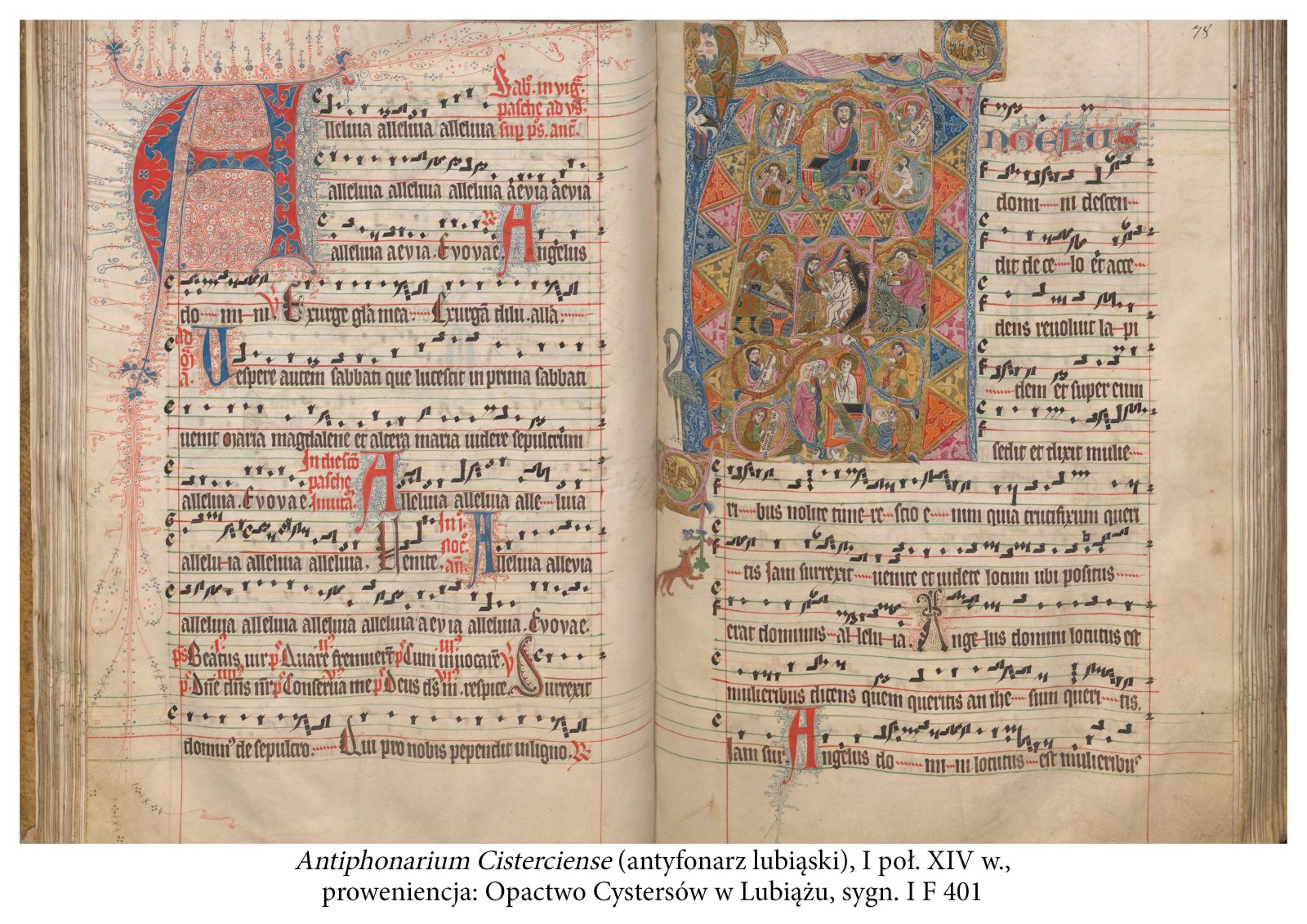
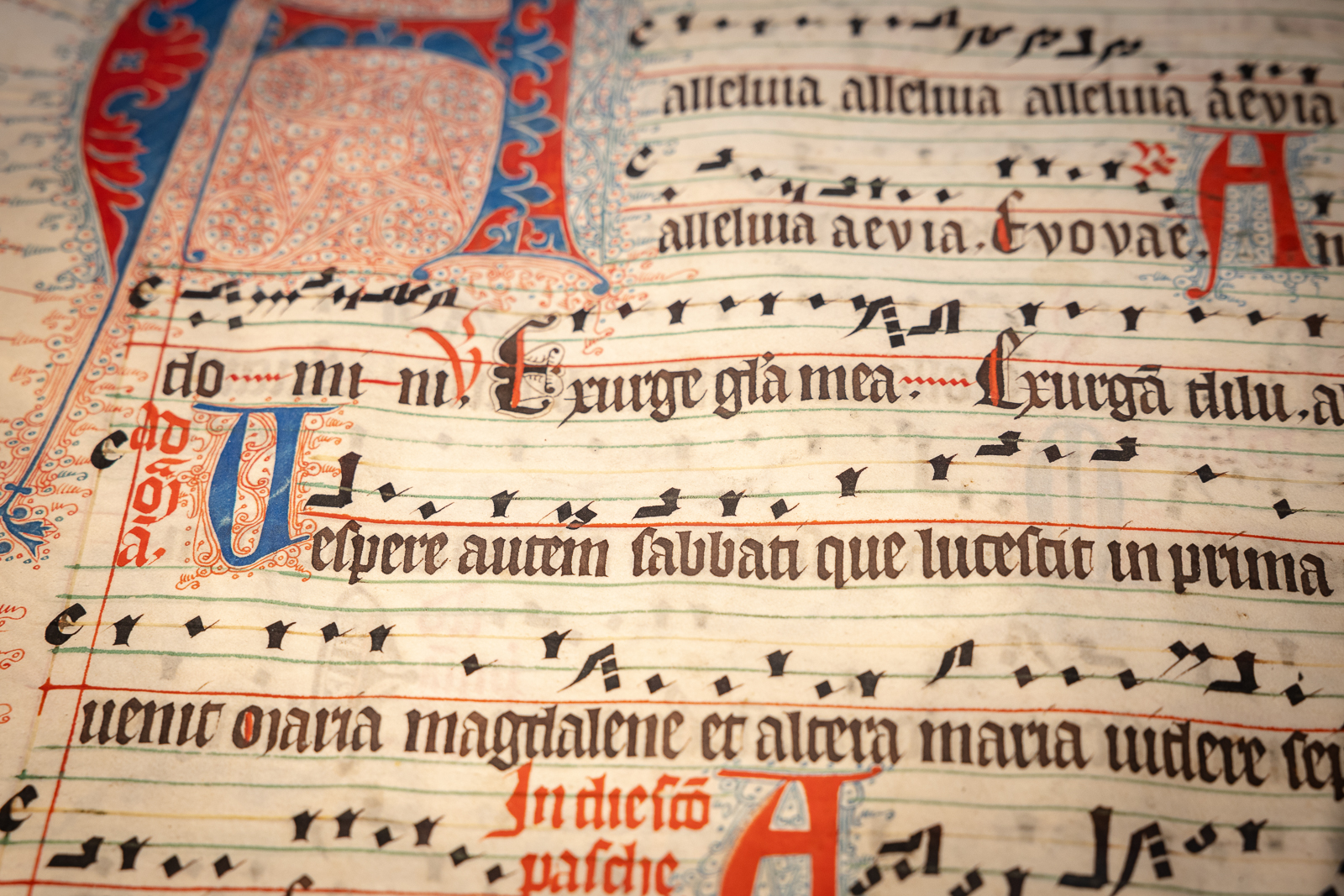
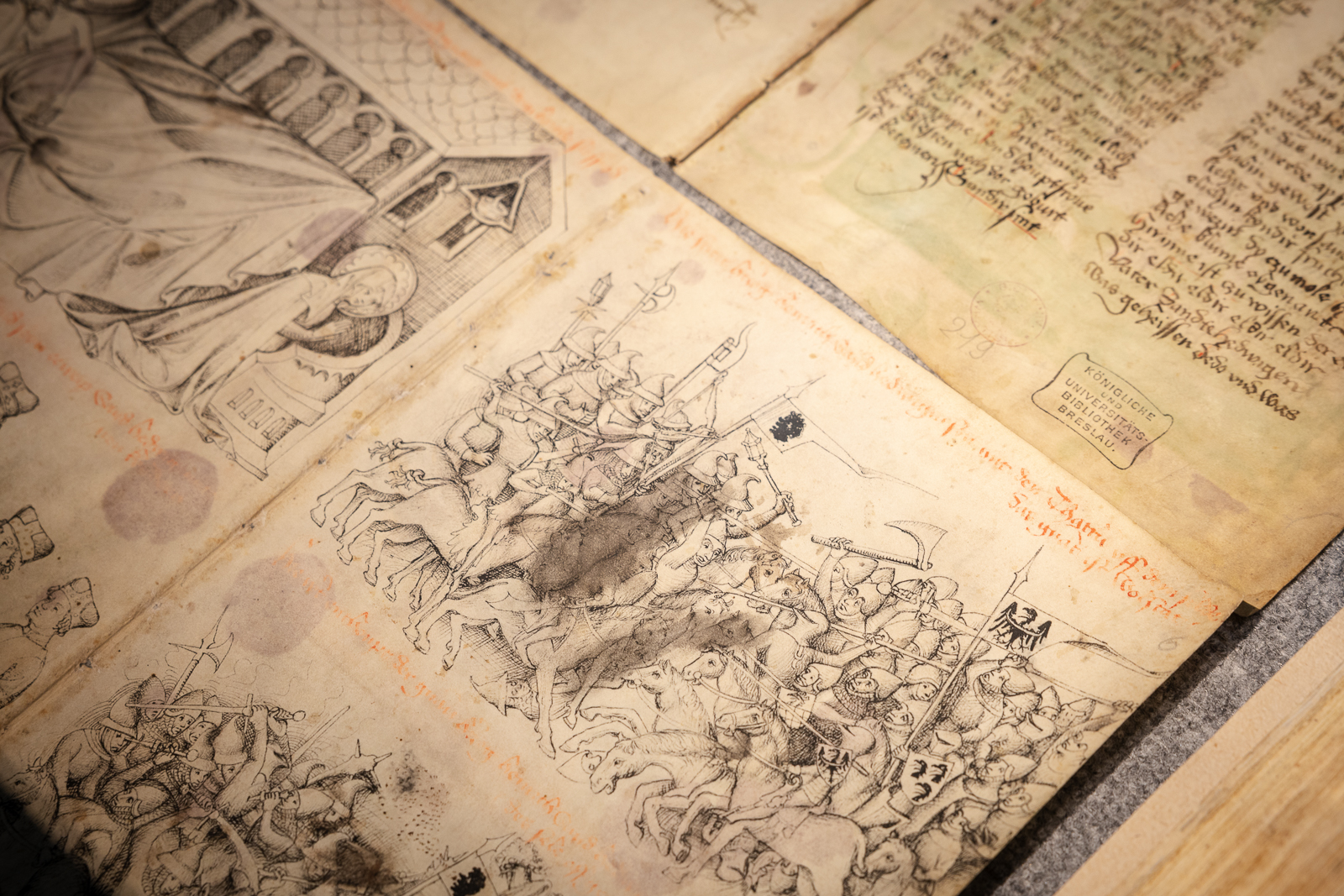
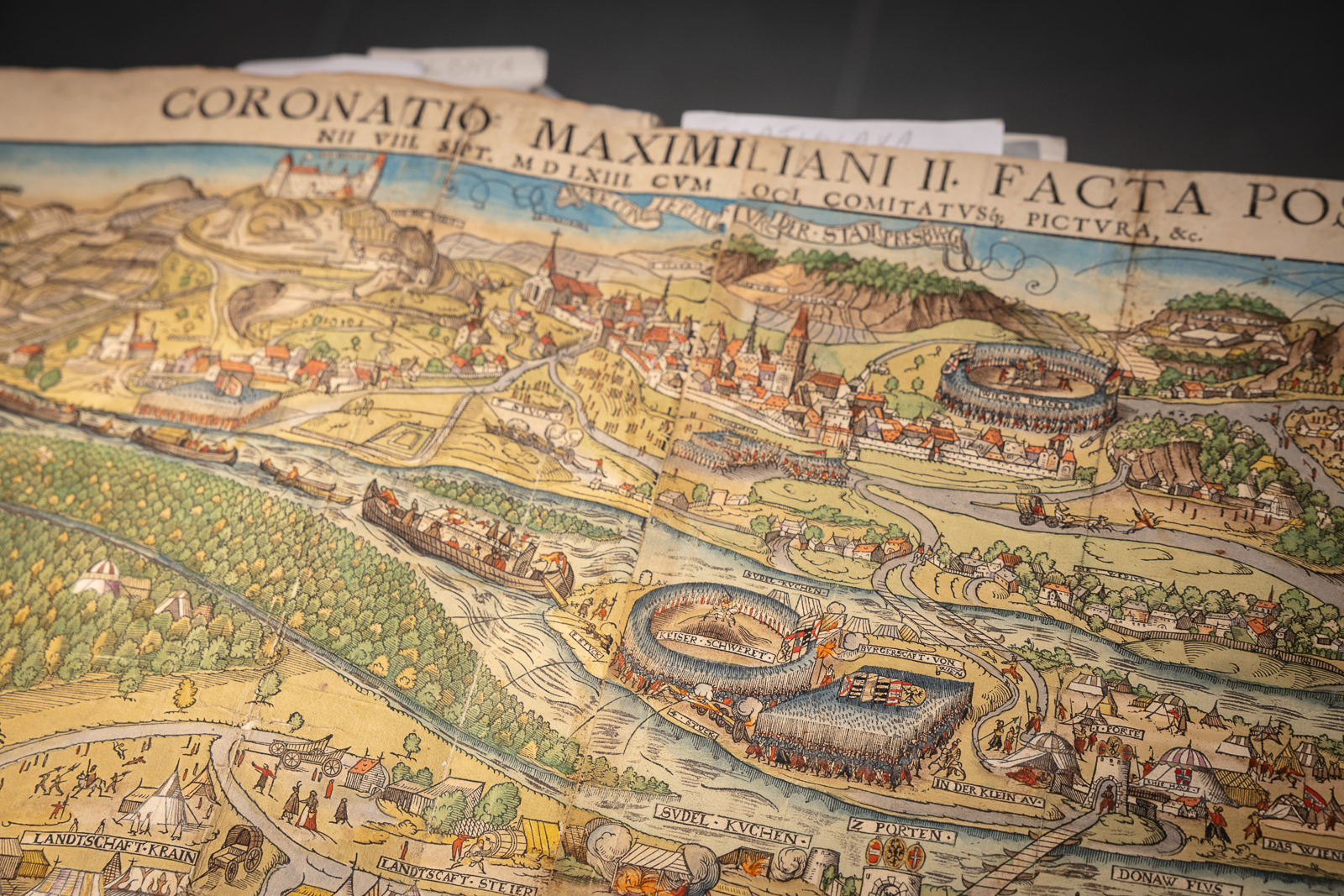
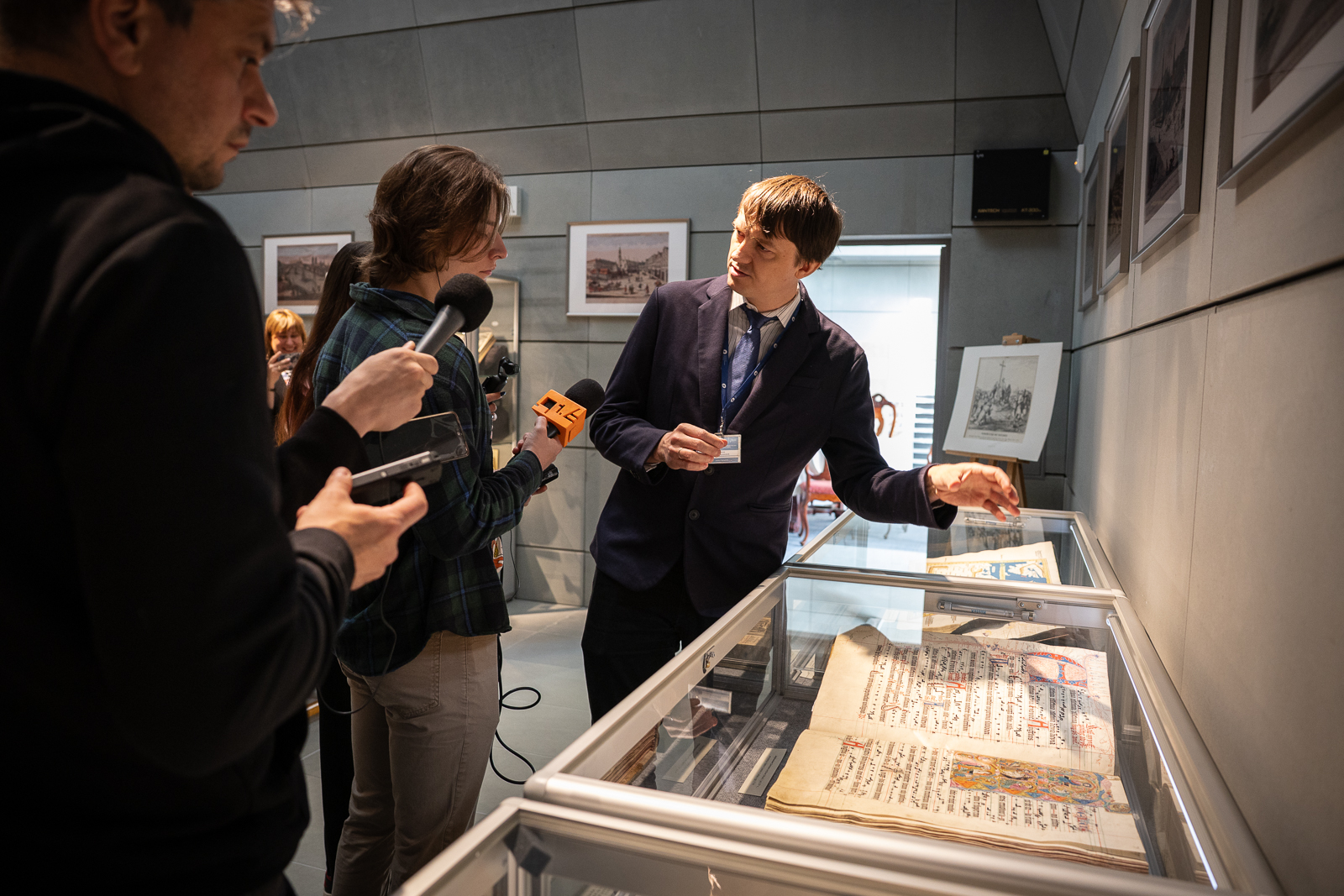

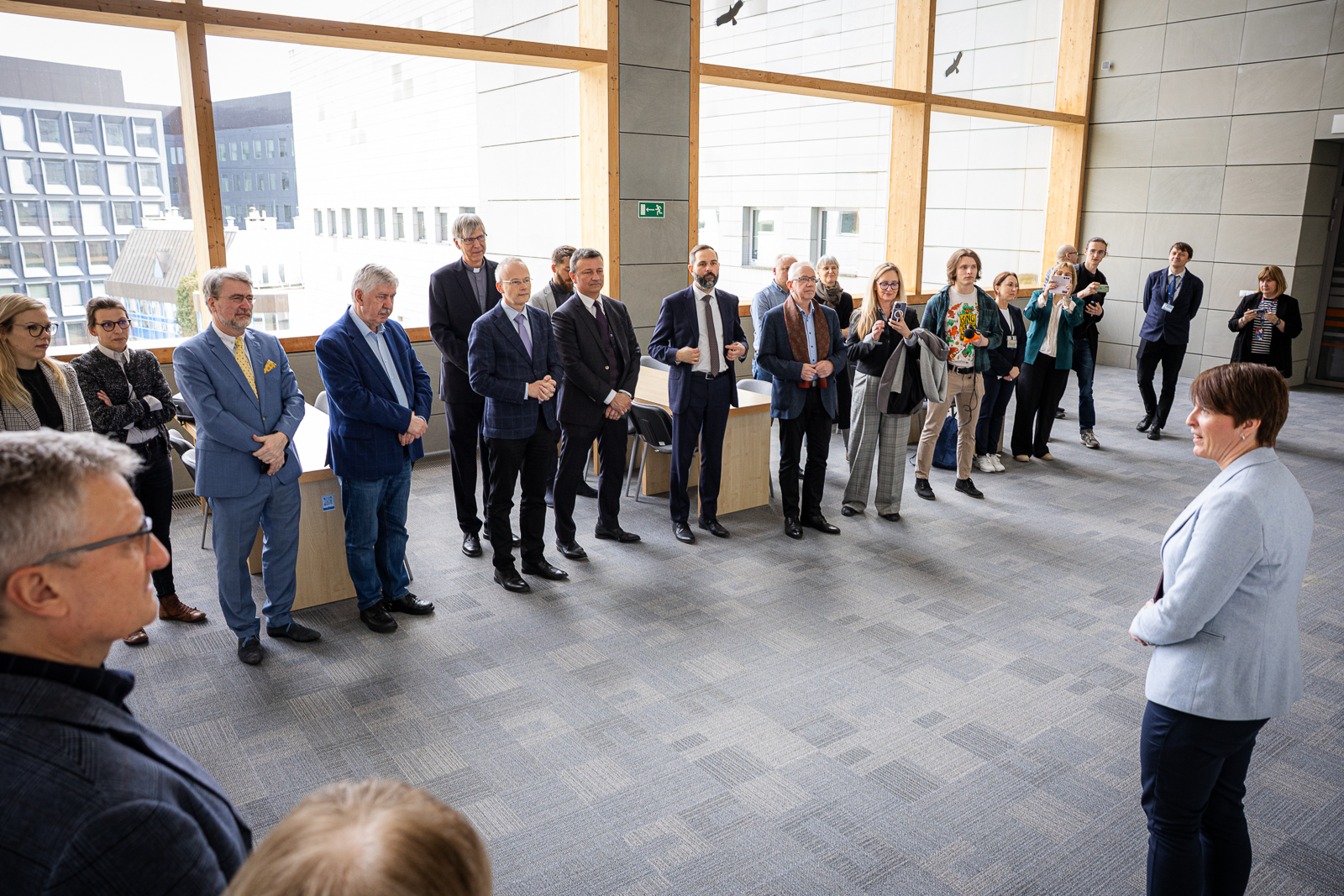
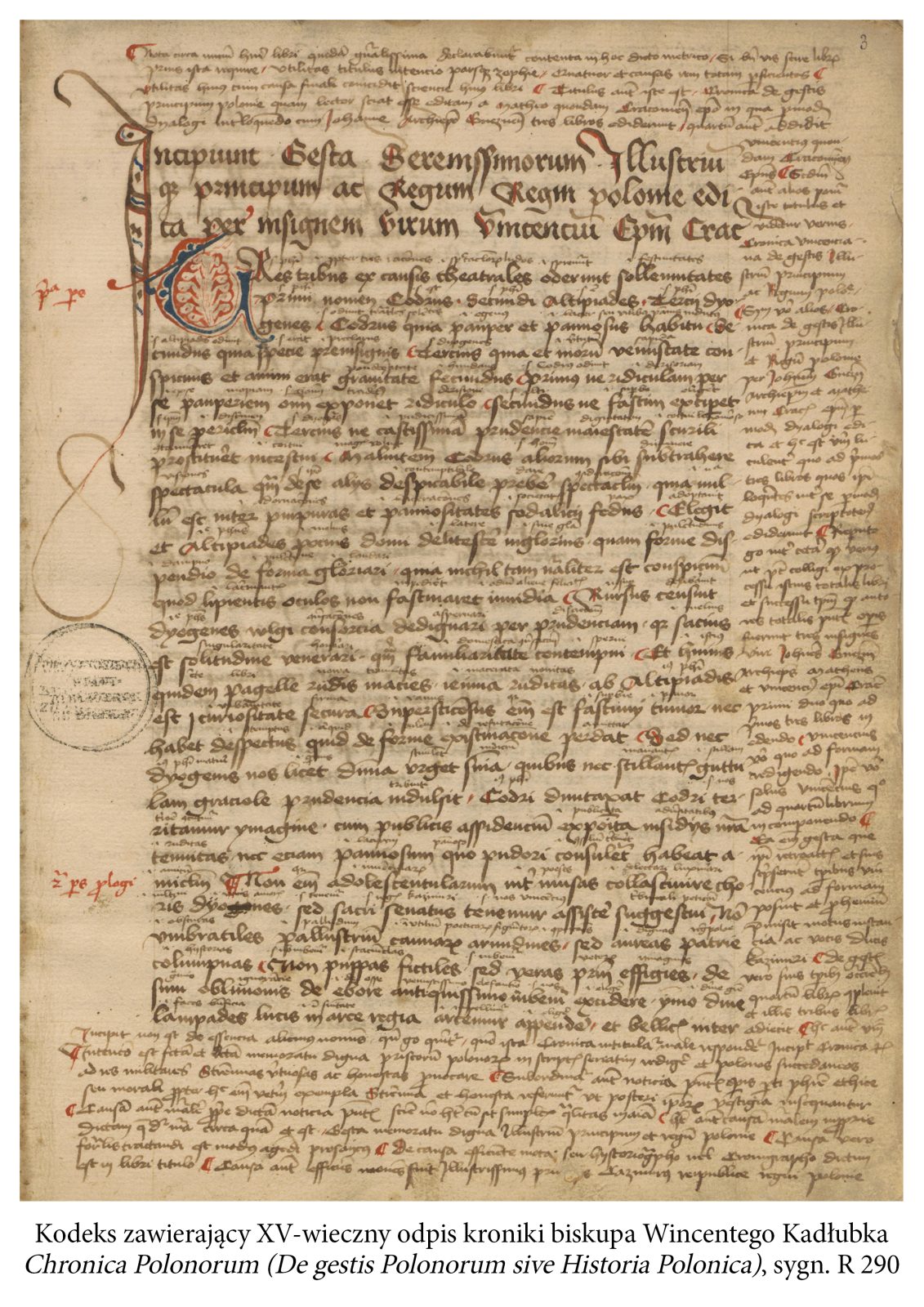
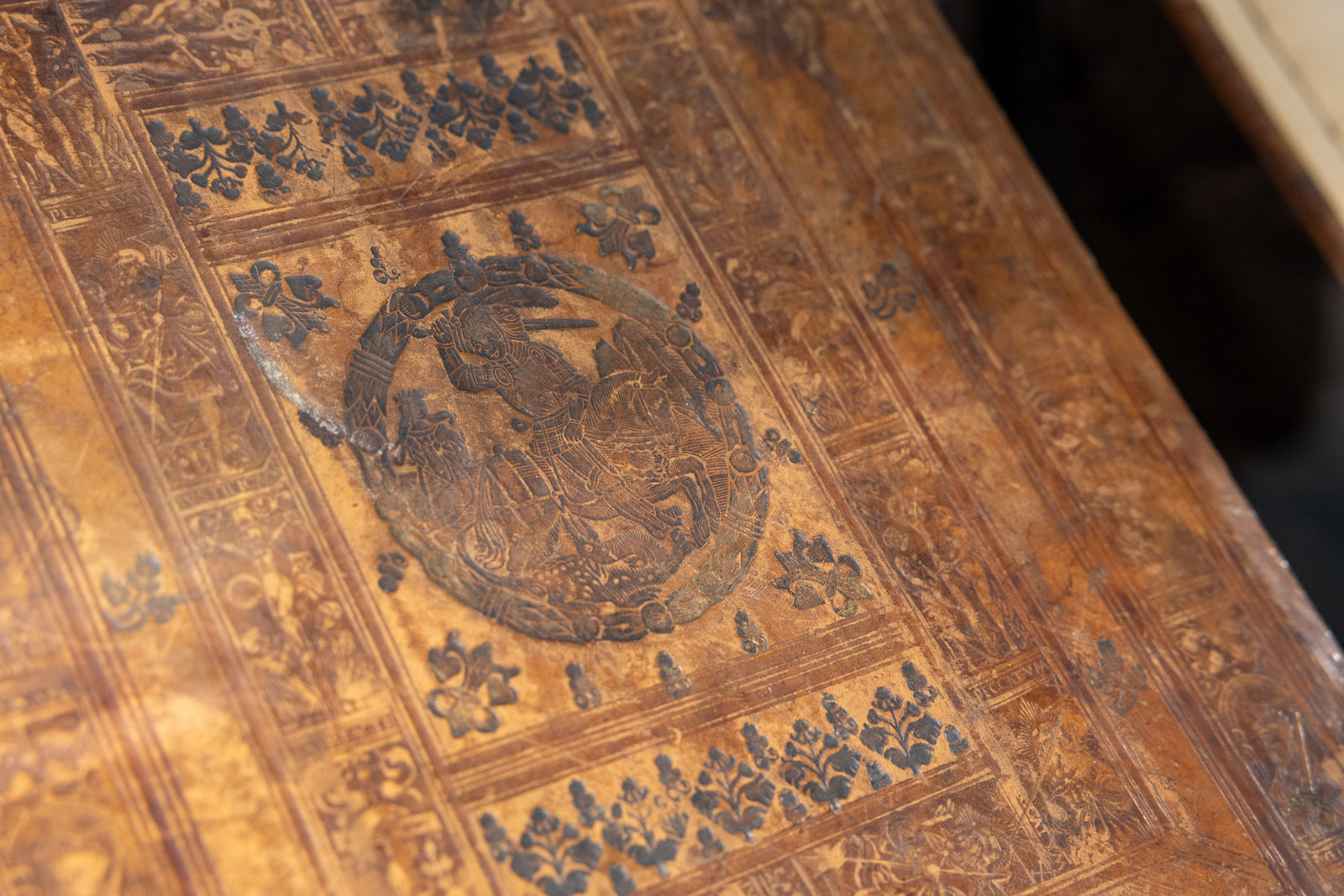
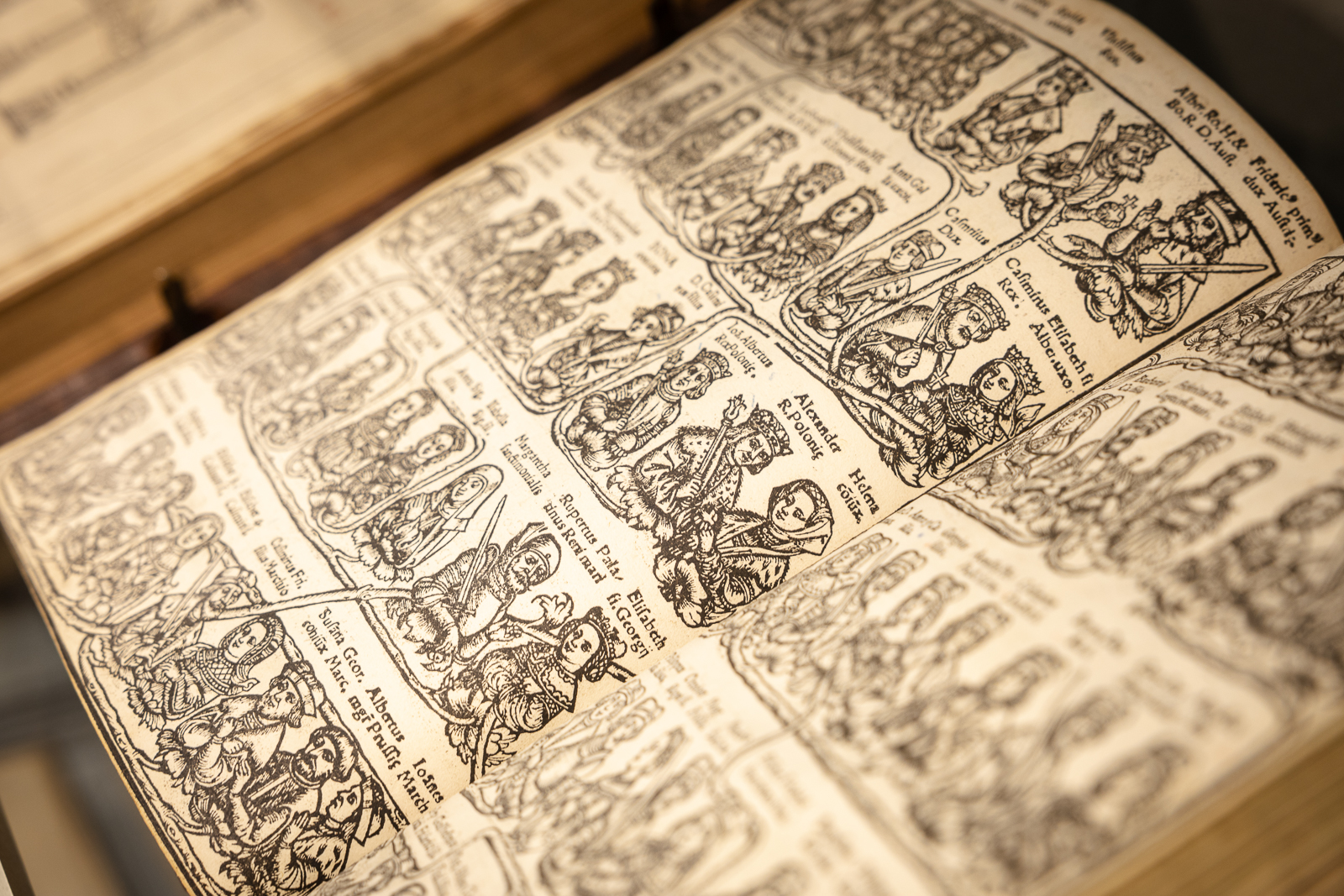
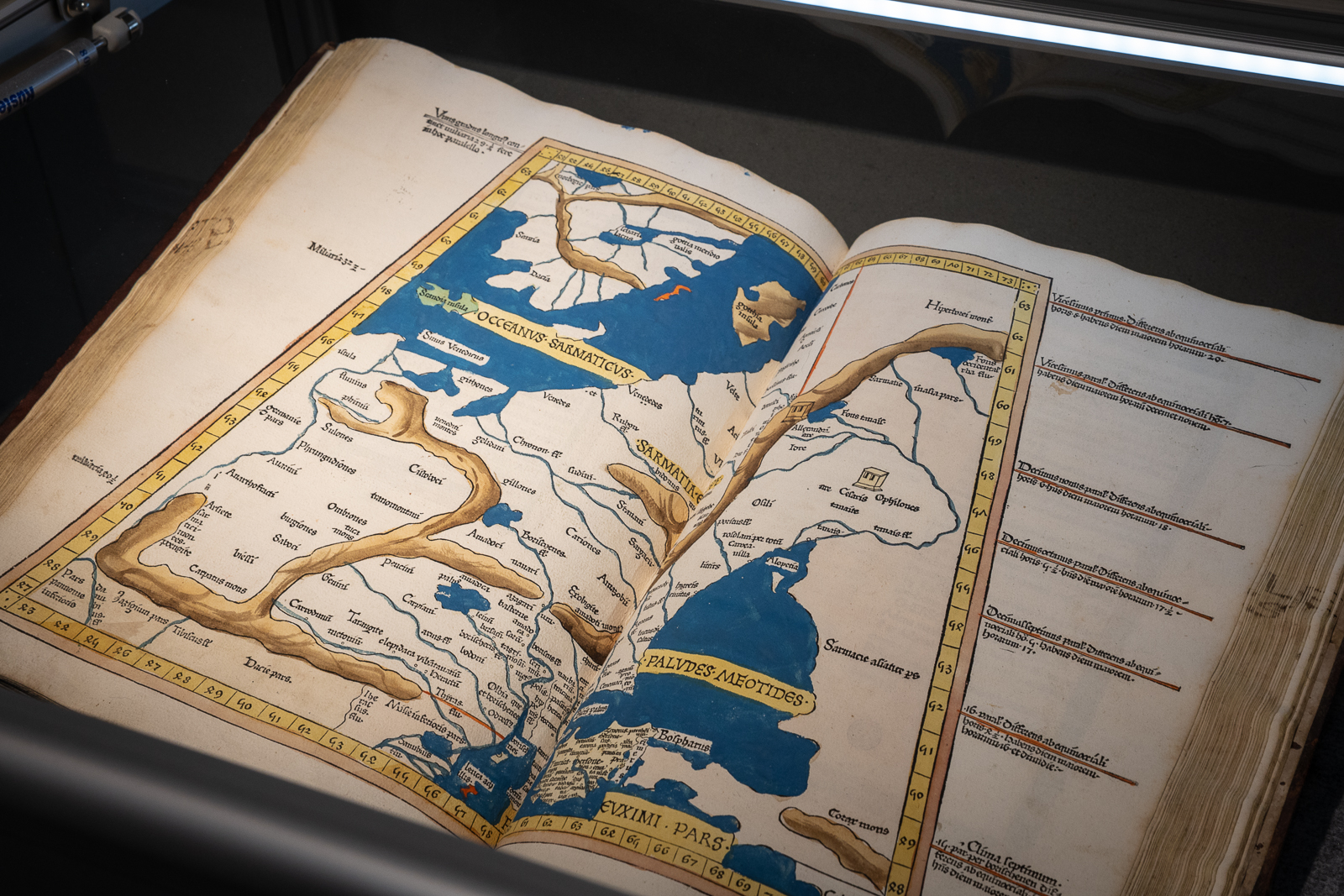
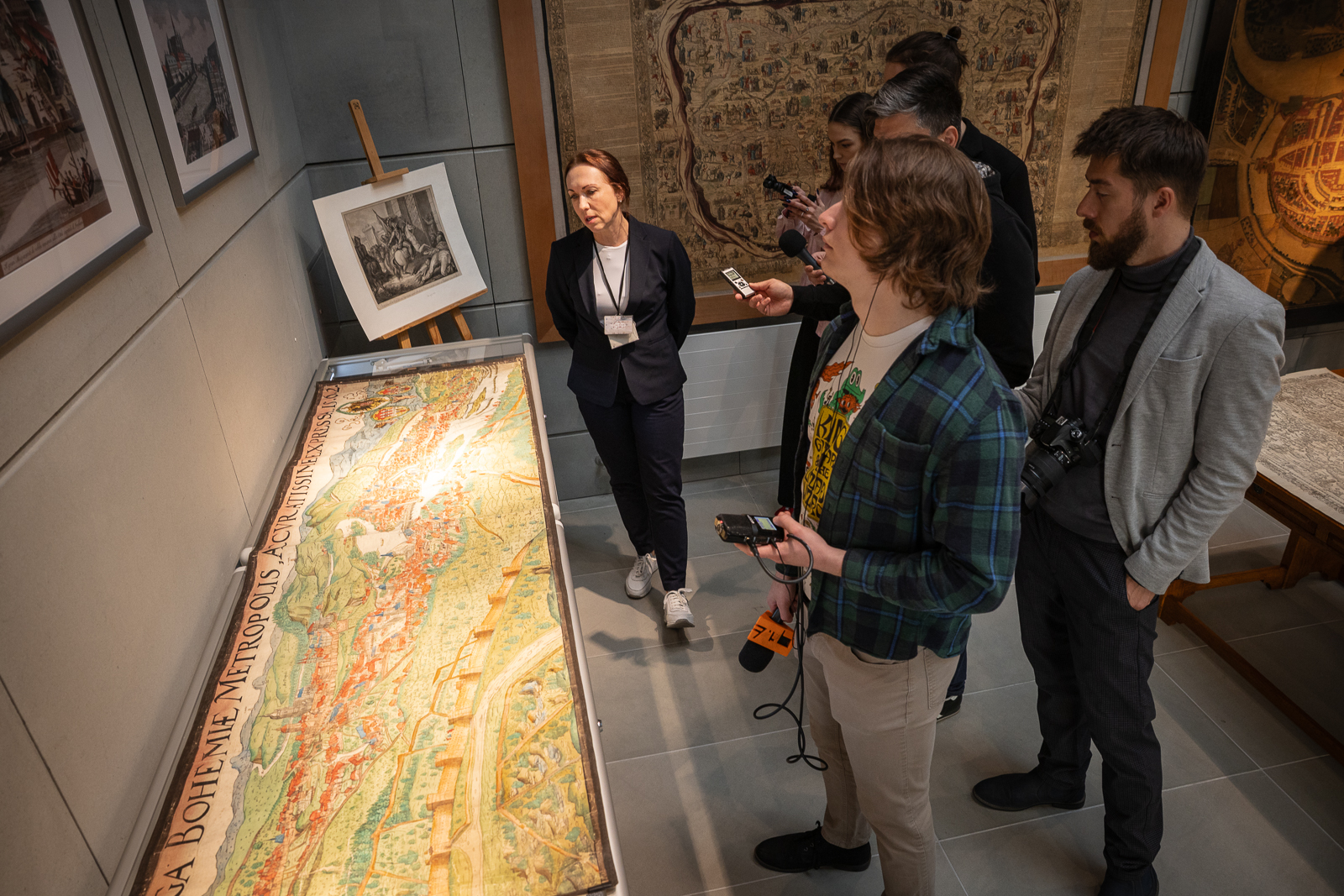
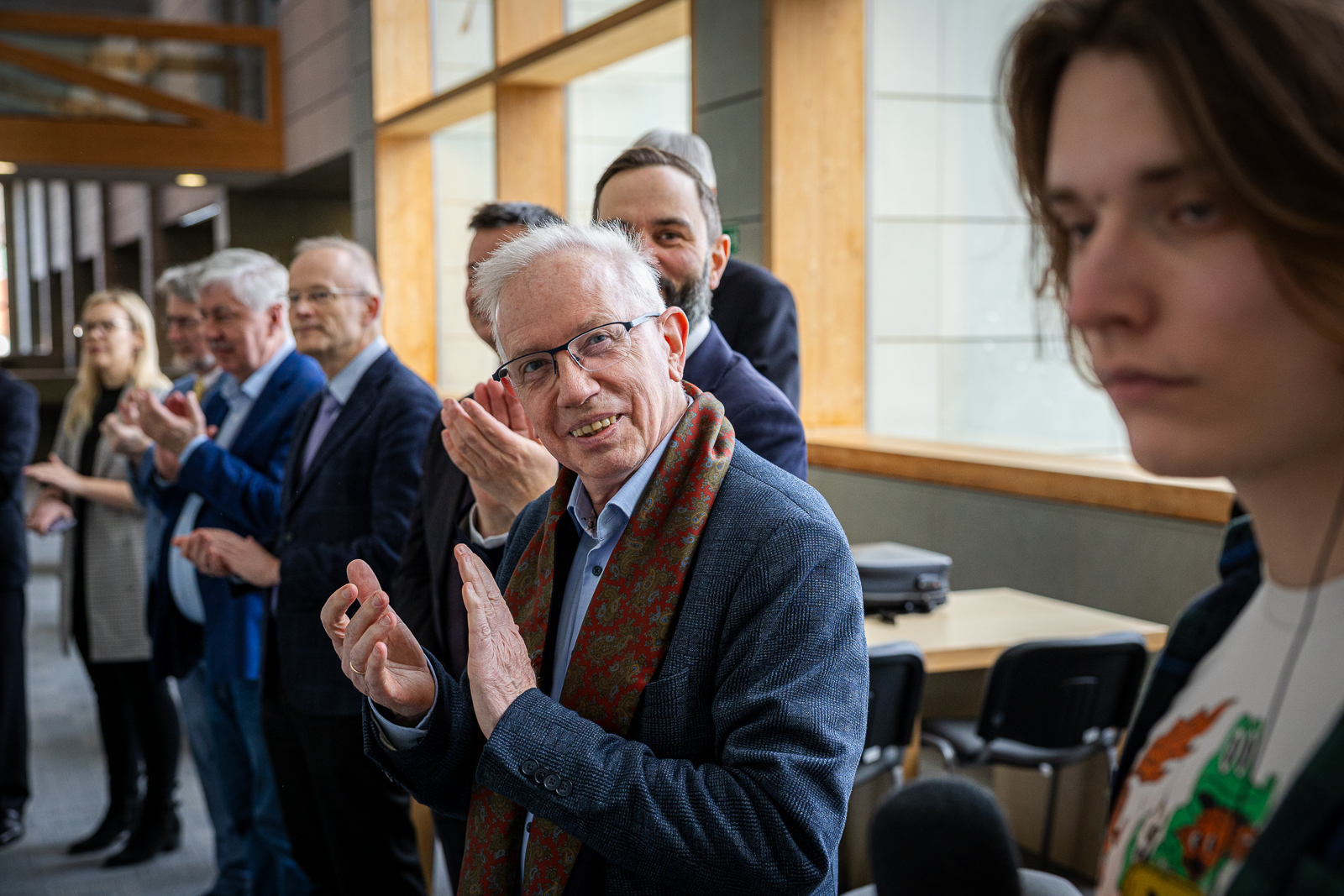
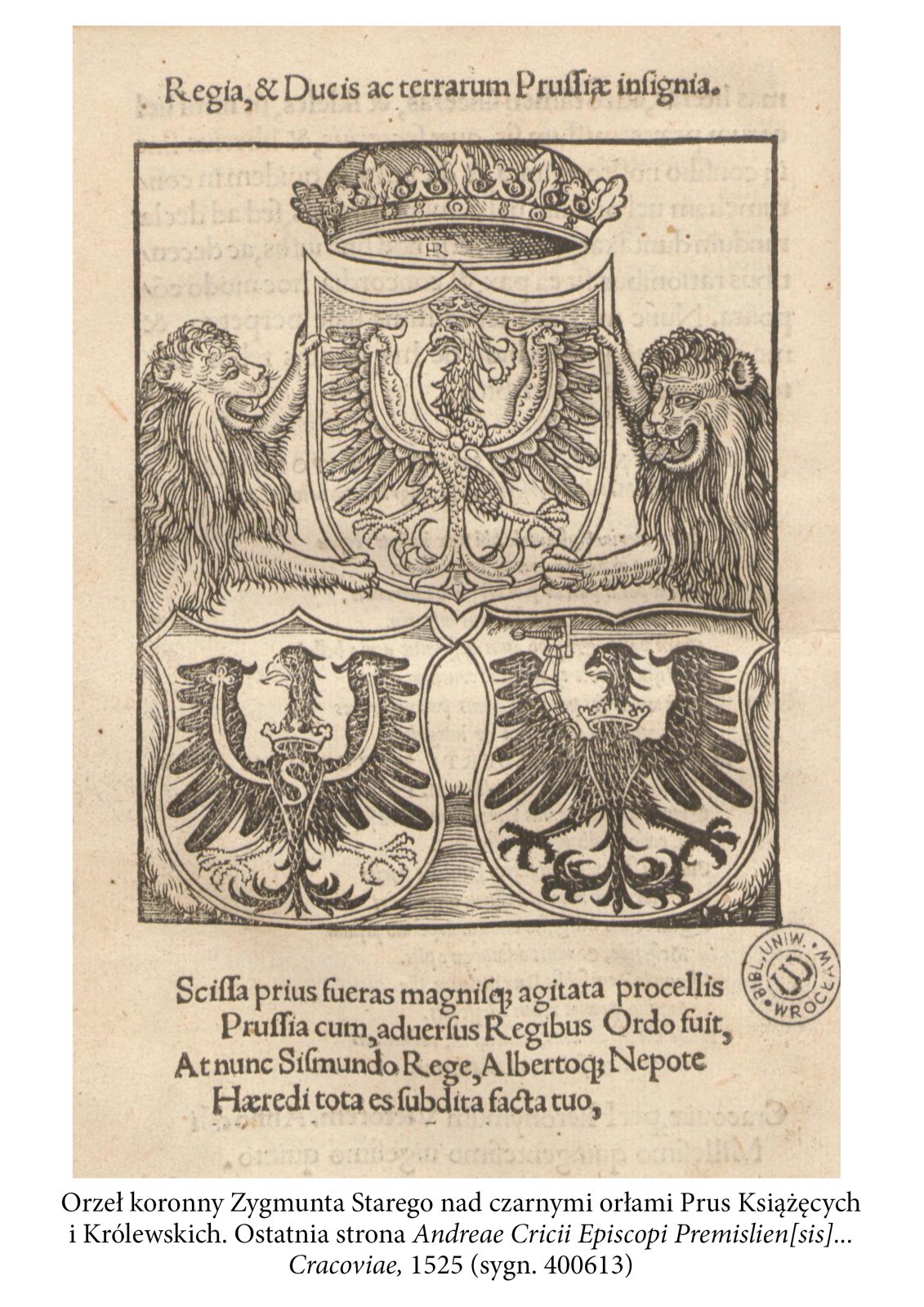
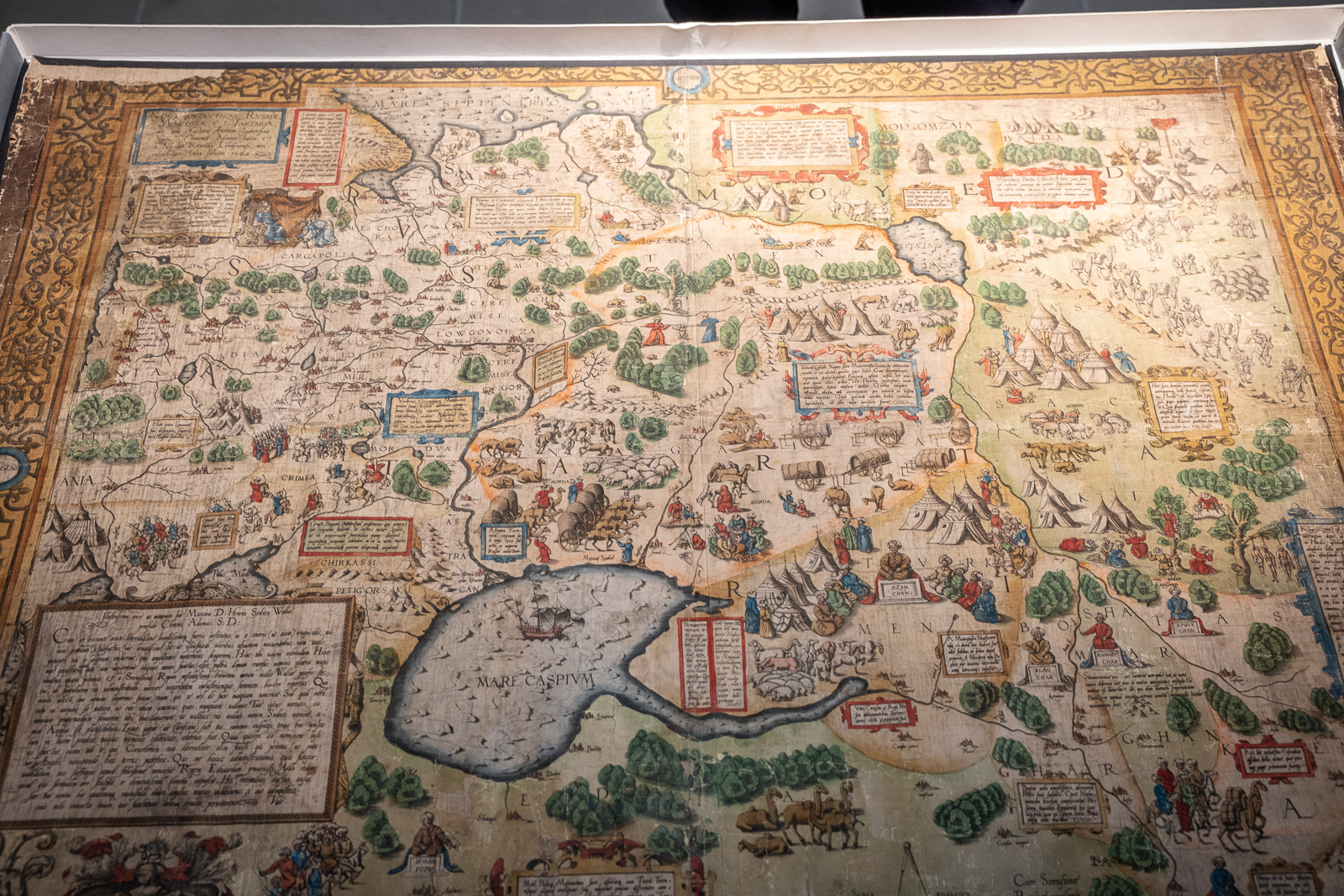
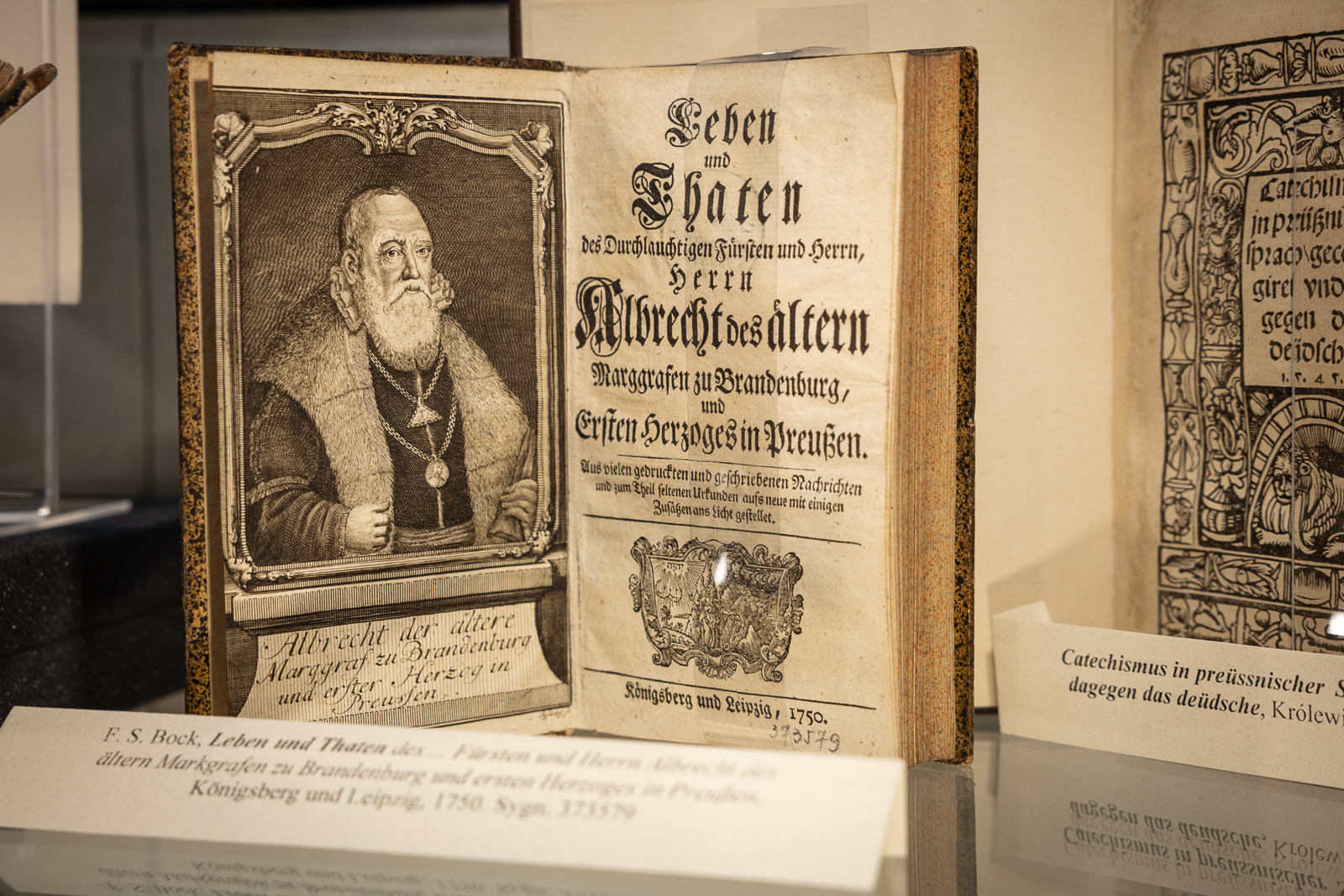
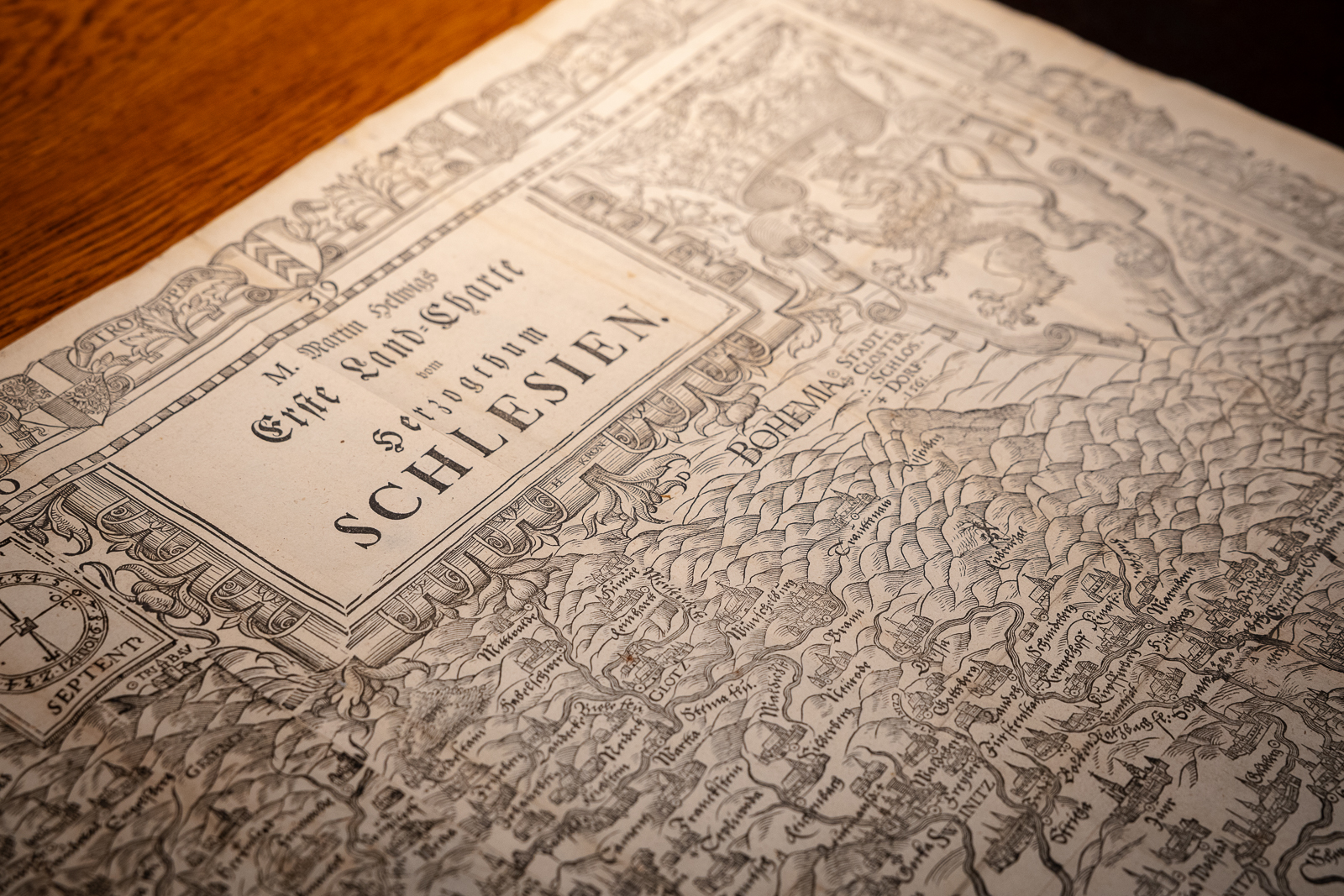
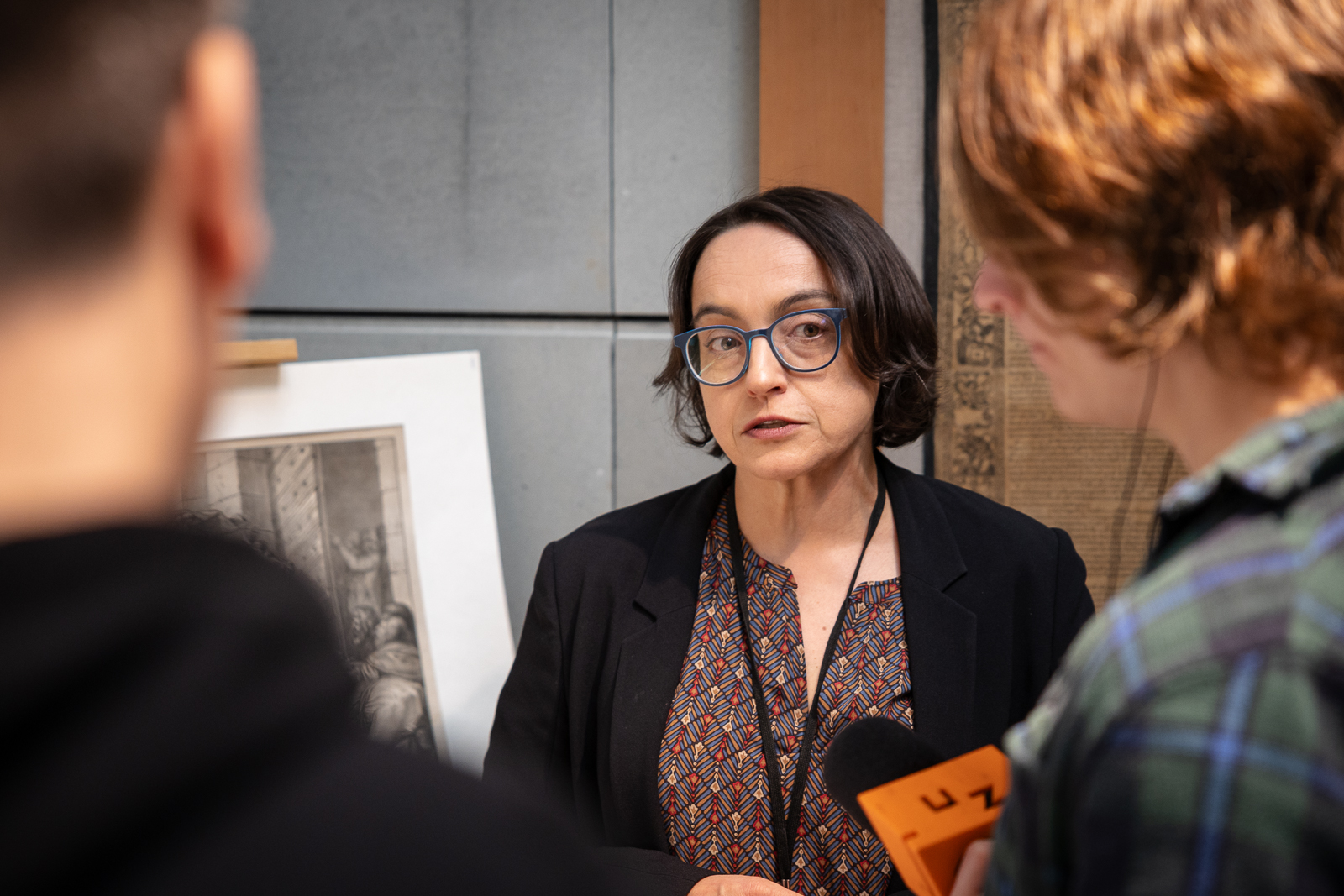
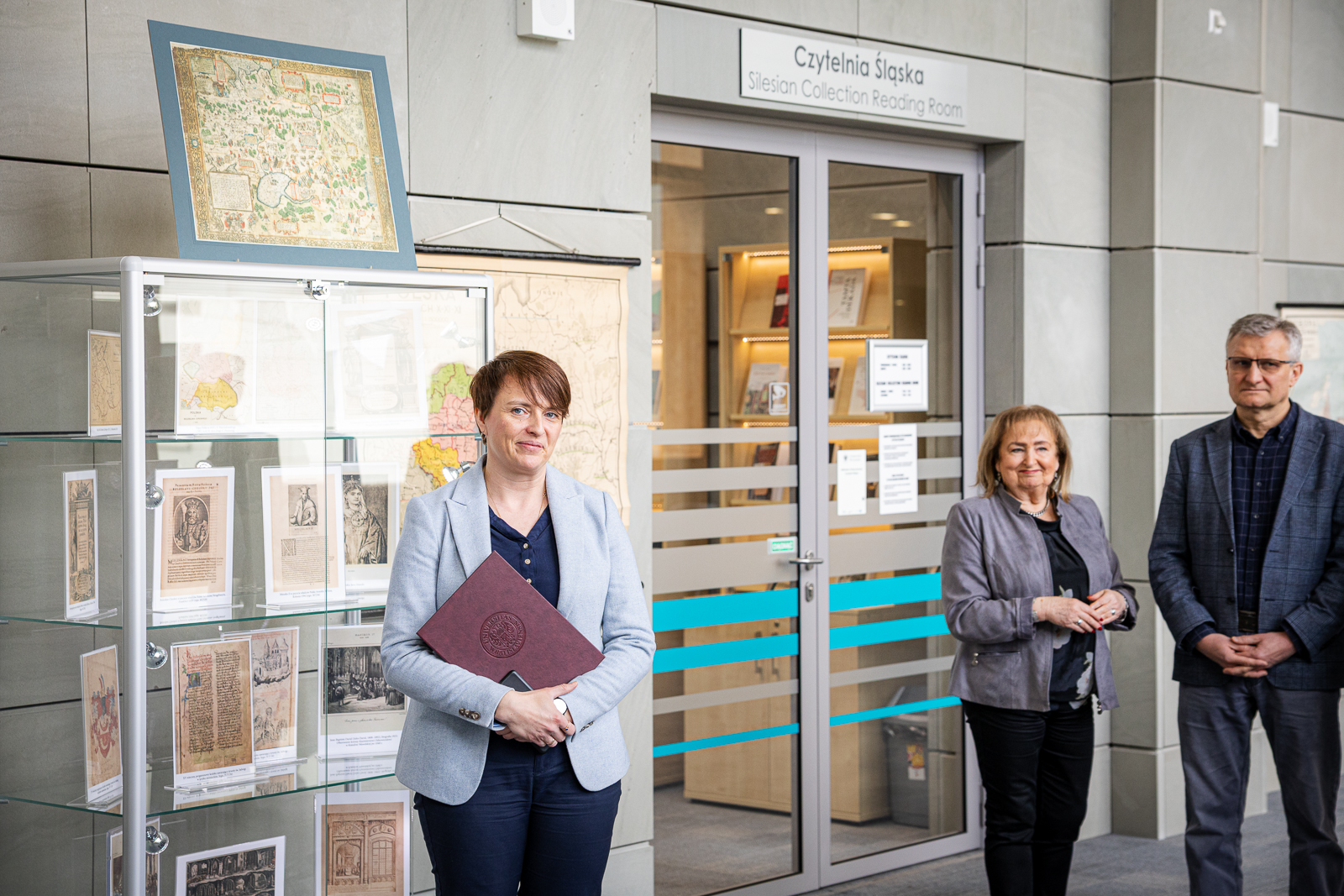
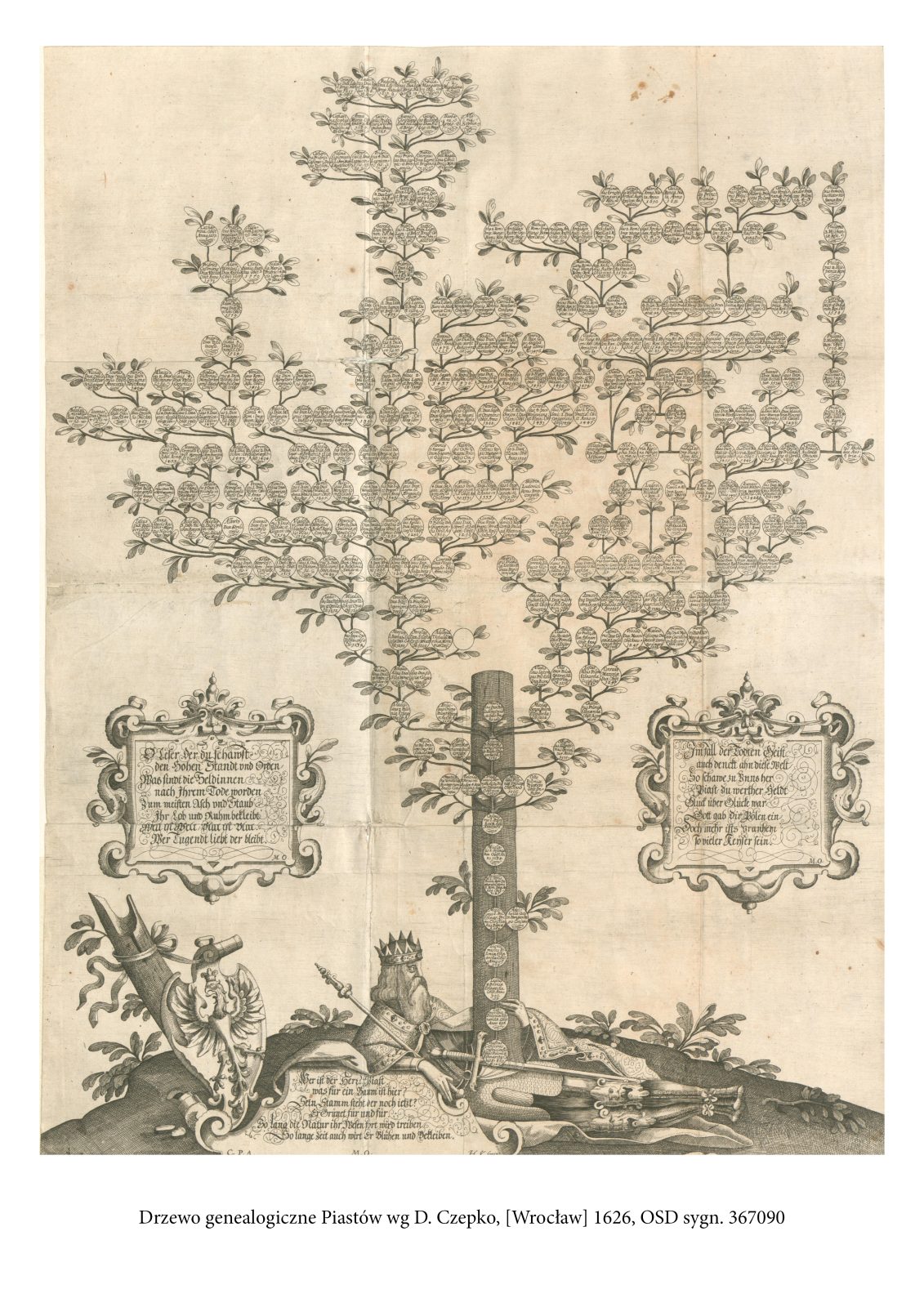

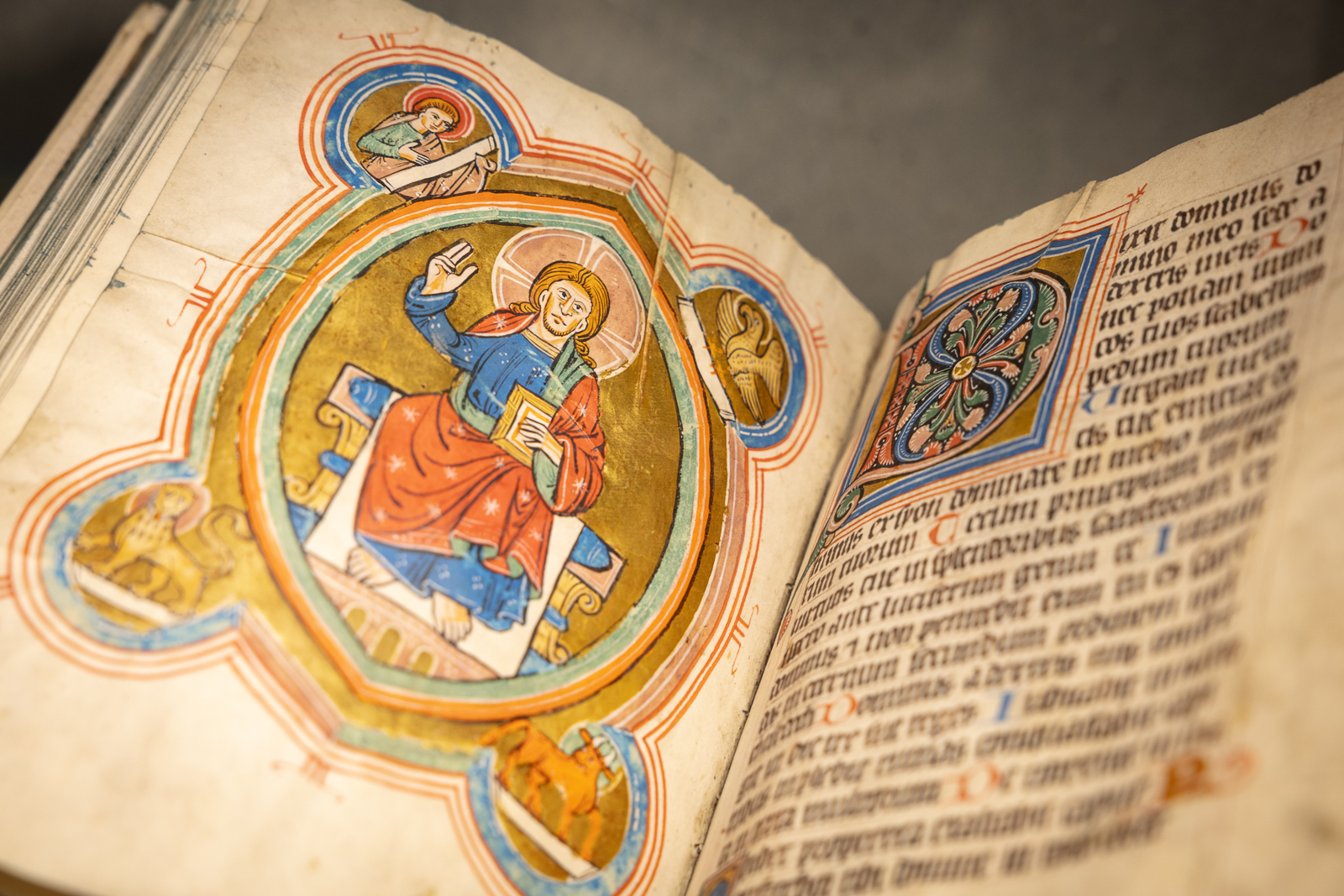
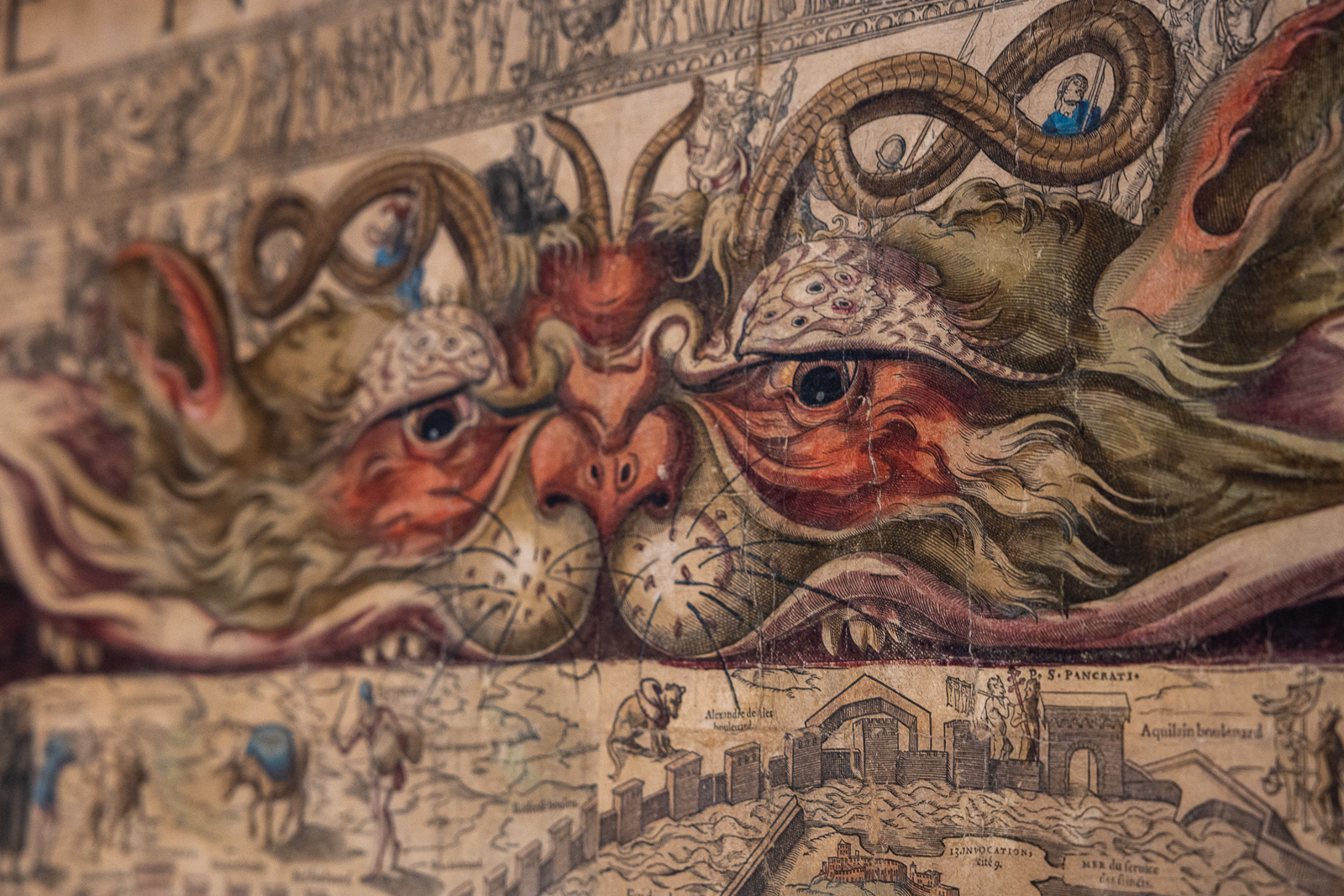
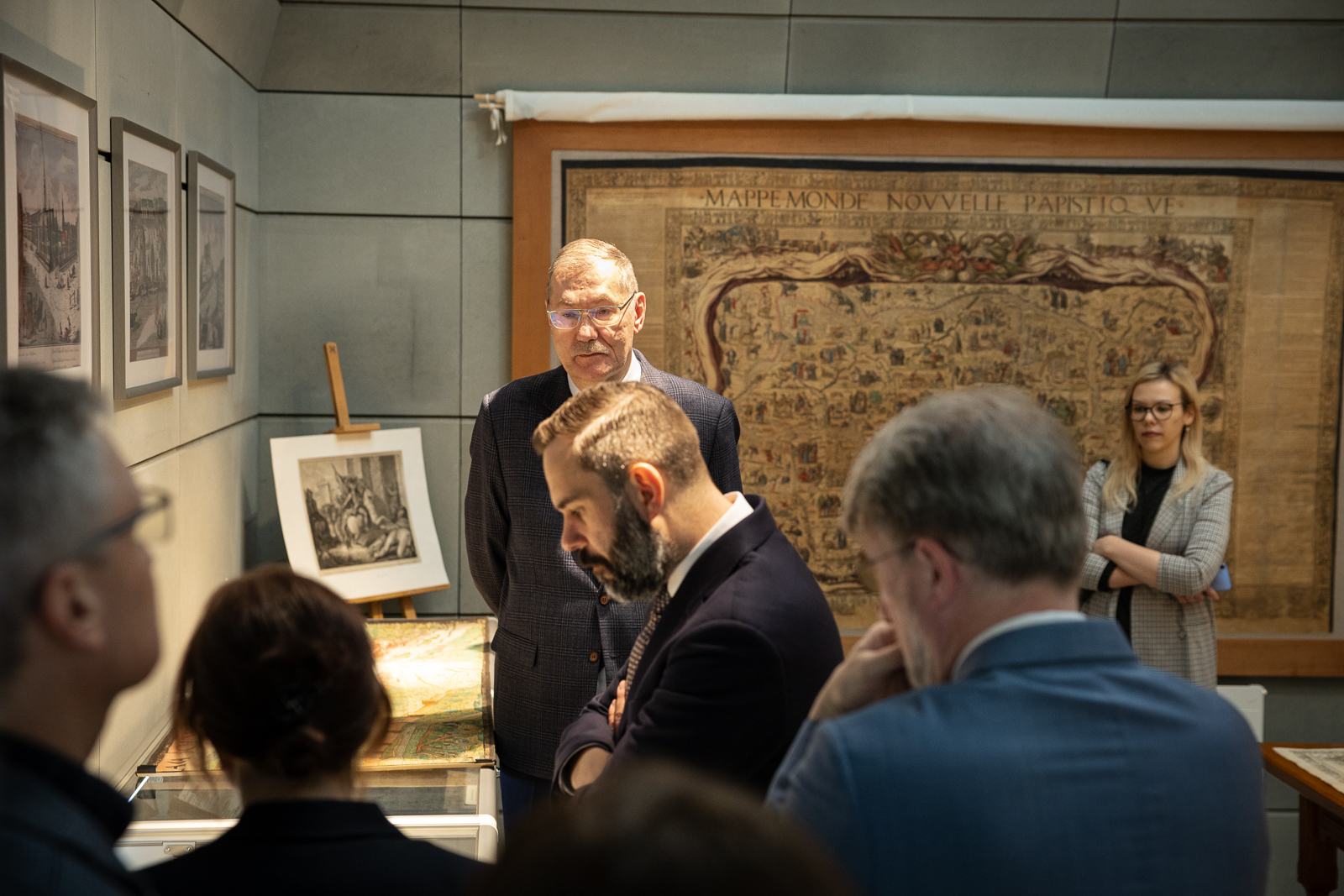
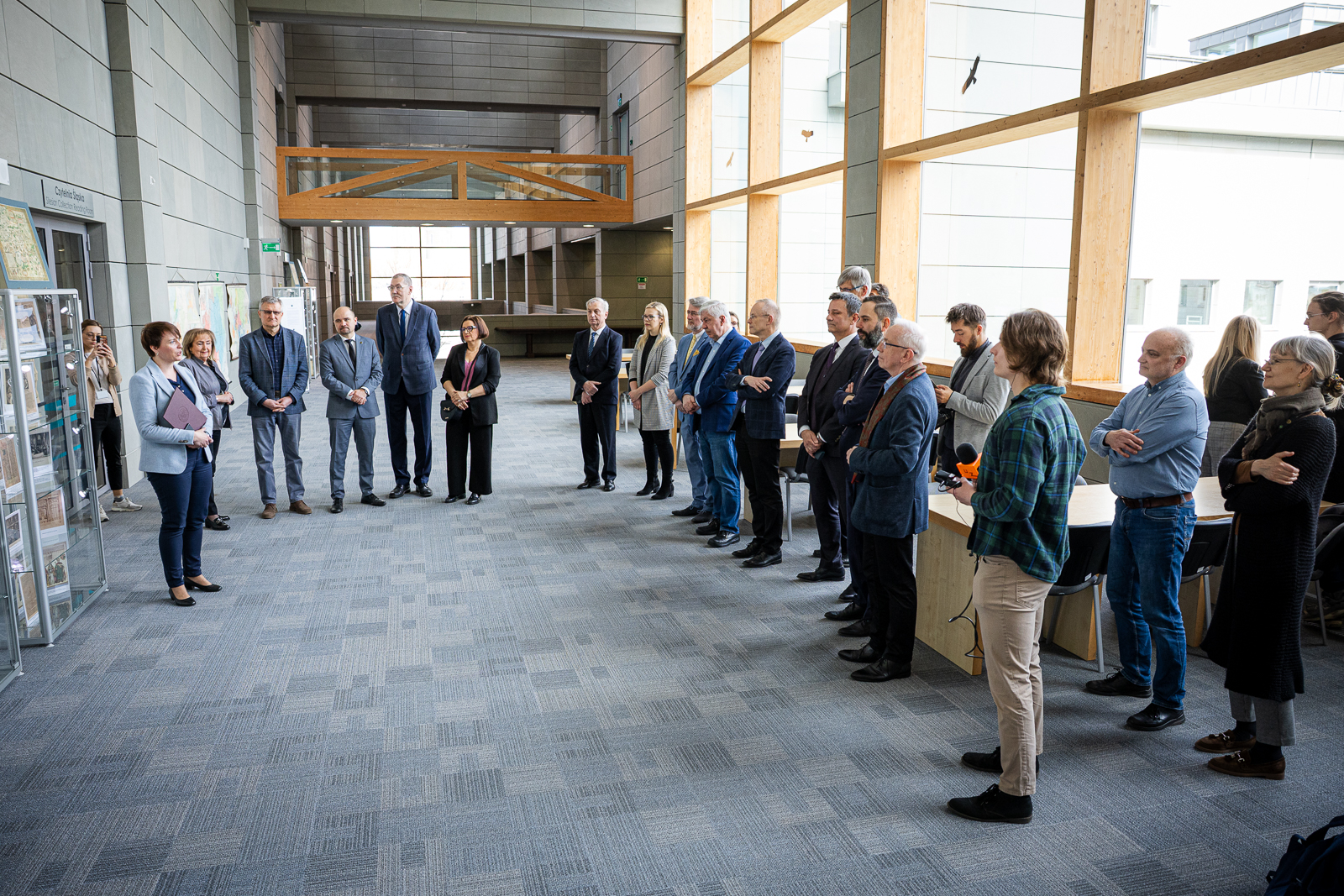
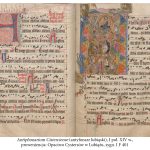
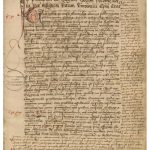
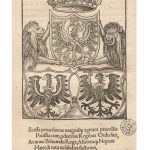
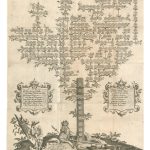
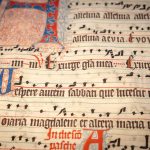
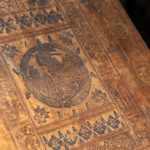
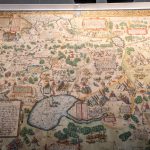
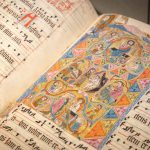
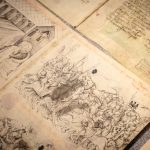
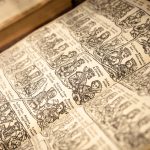
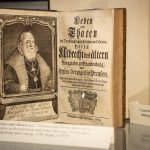
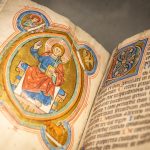
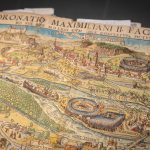
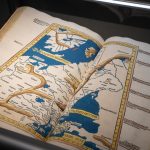
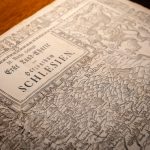
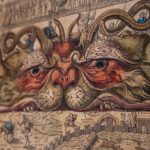
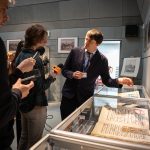
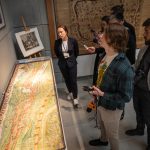

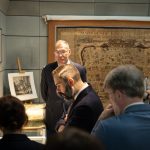
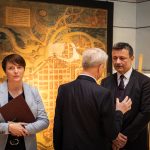

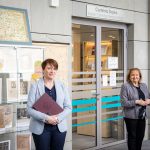


Date of publication: 10.04.2025
Added by: M.J.



